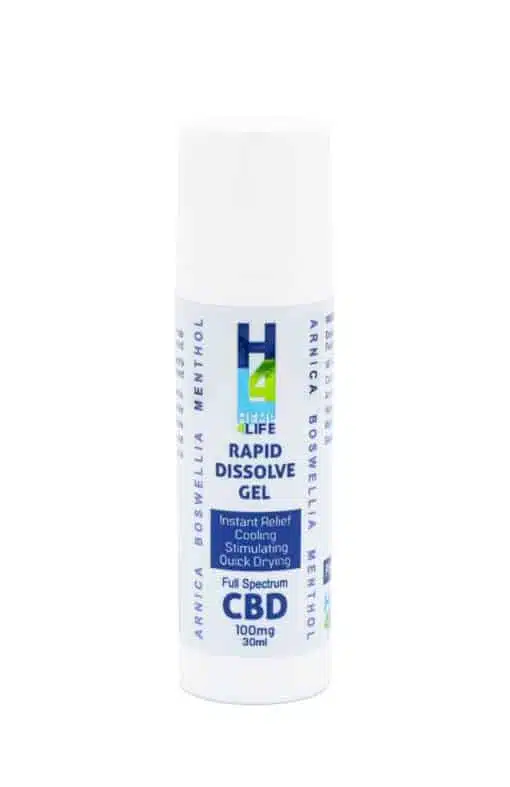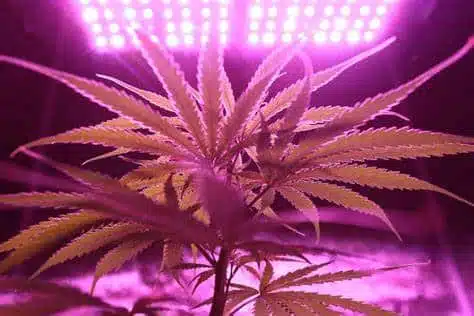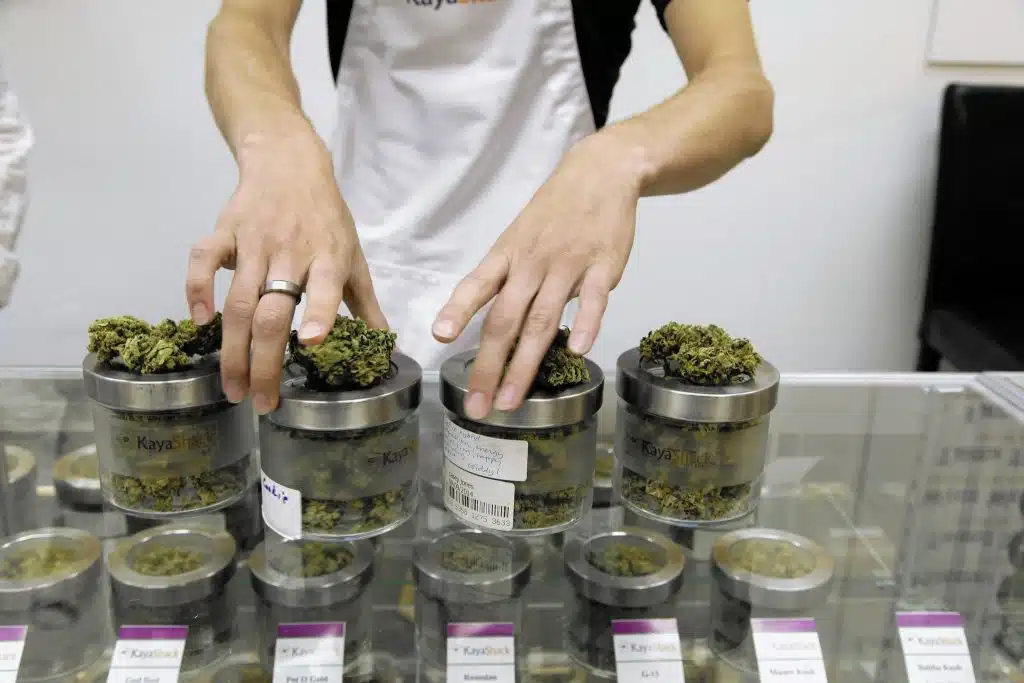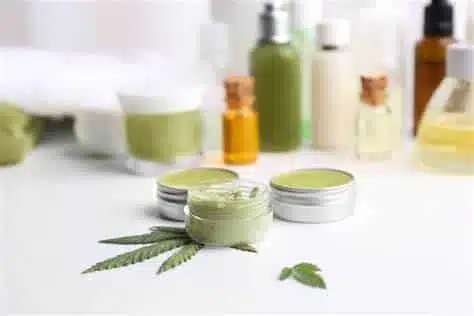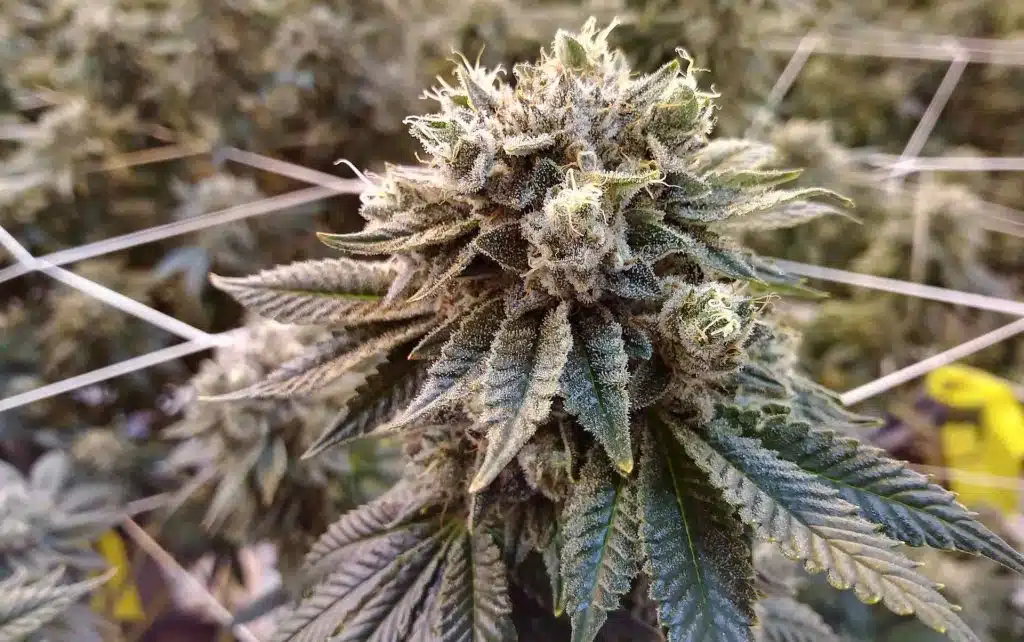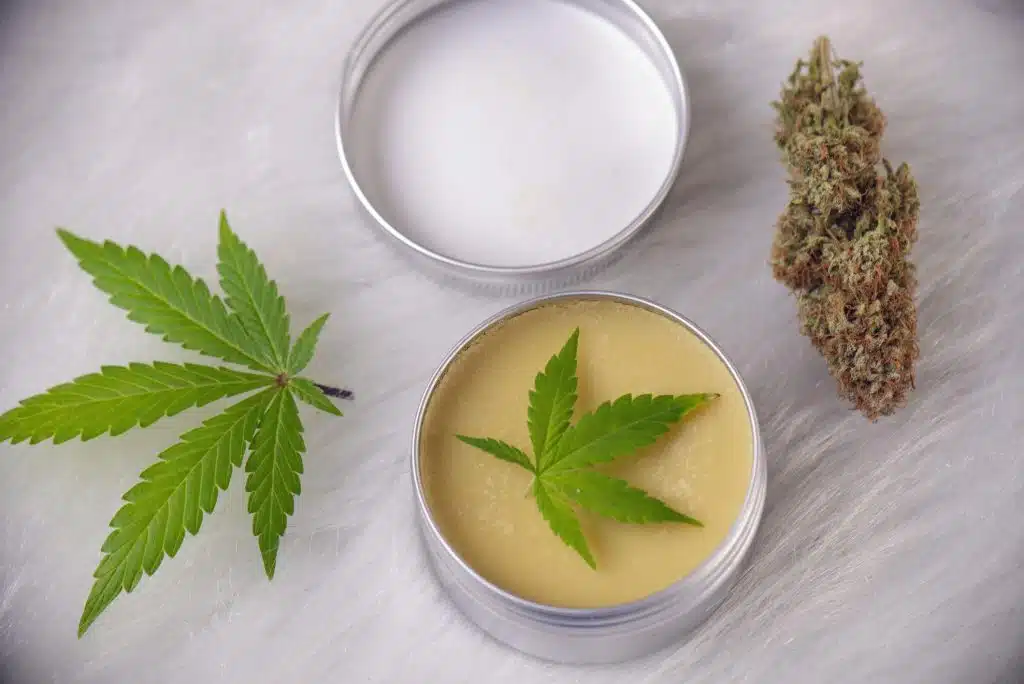Topical Cannabis: What Is It?
Part of our fascination with cannabis comes from its versatility—you can smoke it, you can eat it, and you can stick it where the sun doesn’t shine. There are thousands of cannabis products in any given market, and celebrity cannabis brands and collaborations seem as commonplace as a fast food endorsement.
One of the most enduring cannabis creations is probably considered the least exciting or cool method of consumption: topicals. And no wonder—they’re typically marketed as anti-aging creams, recovery tools for athletes, or a solution for menstrual cramps.
Topicals admittedly don’t sell as easily as the next zaza strain, vape pens, or hash gummies, but the thing is, everyone can benefit from topicals. You can even make them at home. Consider this our definitive guide on topicals.
If you’re interested in trying a new beauty product or finding out what others use to improve their appearance, you may want to explore the world of topical cannabis. Topical cannabis refers to products that are infused with cannabis and applied to the skin. In this article, we’ll explain what topical cannabis is and how to use it safely.
What Is Cannabis?
Cannabis is a plant species in the family Cannabaceae. It includes three primary subspecies: Cannabis sativa, Cannabis indica, and Cannabis ruderalis. Cannabis has been used for a variety of purposes, including for its medicinal and recreational effects. It is also known for its psychoactive compounds, such as tetrahydrocannabinol (THC) and cannabidiol (CBD).
What Is THC?
Tetrahydrocannabinol (THC) is a psychoactive compound found in the cannabis plant. It is responsible for the “high” commonly associated with cannabis use. THC acts on the cannabinoid receptors in the brain, which are involved in the regulation of mood, appetite, and other cognitive functions. The amount of THC in cannabis varies depending on the strain, with some strains having higher levels of THC than others.
What Is CBD?
CBD stands for cannabidiol, which is a naturally occurring compound found in the cannabis plant. CBD is one of many compounds, known as cannabinoids, that are found in the cannabis plant. Unlike the more well-known compound tetrahydrocannabinol (THC), CBD is non-psychoactive, meaning it does not produce the “high” commonly associated with cannabis use.
What is Topical Cannabis?
Topical is an umbrella term for a wide array of cannabis-infused products that are formulated and designed for application to the skin. Unlike smoking, vaping, dabbing, or eating edibles, topicals should not be inhaled or ingested. On the rare occasion when someone does, they
don’t work the way a product made for ingestion does. Topical cannabis is a new and innovative form of cannabis that helps improve the quality of life by providing relief from a variety of conditions.
Cannabis-infused topical products offer a range of benefits, including anti-inflammatory, anti-anxiety, and pain relief properties. Topical cannabis products contain a concentrated form of cannabinoids and terpenes that can be absorbed by the skin. CBD and THC, which have been studied extensively for their medical properties, are two of the cannabinoids found in topical cannabis products.
Types of Topical Cannabis
Topical cannabis comes in a variety of forms, including oils, creams, balms, and sprays. It is absorbed through the skin into the bloodstream, providing the body with the benefits of the cannabinoids. Topical cannabis can be used to treat a variety of conditions, including anxiety, inflammation, and stress.
How Do You Use Topical Cannabis?
There are many ways to use topical cannabis, depending on the product you choose. Some topical cannabis products can be applied directly to the skin, while others are meant to be consumed. It’s important to follow the product’s instructions when using any kind of topical cannabis, just as you would with any other health or beauty product. For example, you should never apply a topical cannabis product to your skin if you’re pregnant. Topical cannabis products can be used on your skin, nails, or other parts of your body to help with a variety of beauty concerns.
Health Benefits of Topical Cannabis
These products offer many health benefits, including relief from pain and inflammation. They can be applied to the skin, nails, or other parts of the body, and can also be used in cannabis-infused bath bombs.
There are many potential health benefits to topical cannabis products, and we don’t yet have decades of research to back up these claims. However, the research that is available does suggest some powerful benefits for people’s health. Some of the benefits of topical cannabis include: reducing inflammation, fighting infection, and improving overall skin health.
Cannabis has shown promise in treating a variety of skin conditions, easing pain and inflammation, and boosting the immune system. It may also help prevent wrinkles and other signs of aging. While more research is needed, topical cannabis appears to be a safe and effective treatment for a number of conditions.
Safety Considerations of Using Topical Cannabis
Topicals can be useful for treating a wide range of health and beauty issues, but you should always consult your doctor before using them. Different health conditions may make you more susceptible to psychological or physiological dependence. Your doctor may also recommend specific types of cannabis-infused products or may suggest using a cannabis-infused moisturizer. When using topical cannabis products, it’s important to start low and increase the dose as needed.
Cannabis has been shown to be effective in treating a variety of conditions, both chronic and acute. If you are considering using topical cannabis, it is important to consult with a healthcare professional to ensure that it is the right treatment for you.
Topical cannabis has only recently been discovered as a natural beauty and health product. If you’re interested in trying it out, follow the product’s instructions and consume responsibly. Topical cannabis products should be used in the same way as any other health and beauty products you use.

